- Basil
- Mint
- How to Grow Mint from a Single Leaf
- Caring for Mint Plants
- Uses for Mint
- Rosemary
- Green Onions
- Lettuce
- Celery
- How to Regrow
- Tips for Growing Celery
- Uses for Celery
- Conclusion
- Ginger
- Garlic
- 1. Choose a Large, Healthy Clove
- 2. Plant the Clove
- 3. Water the Plant
- 4. Provide Adequate Sunlight
- 5. Harvest the Bulbs
- 6. Store the Garlic
- 7. Use the Regrown Garlic
- Succulents
- Types of Succulents
- Caring for Succulents
- Propagation
- Questions and Answers:
- Can I regrow plants from a single leaf?
- Which plants can be regrown from a single leaf?
- What is the process of regrowing plants from a single leaf?
- Can I regrow plants from a single leaf indoors?
- How long does it take for a leaf cutting to grow into a new plant?
- What are the benefits of regrowing plants from a single leaf?
- Are there any tips for successfully regrowing plants from a single leaf?
- Videos: The TRUTH About Regrowing Veggies From Kitchen Scraps
If you love gardening but don’t want to spend a lot of money on plants, we’ve got good news for you. There are several plants that can be regrown from just a single leaf, making them a cost-effective addition to your garden. Not only will these plants save you money, but they are also a great way to propagate your favorite specimens.
One of the easiest plants to regrow from a single leaf is the succulent. Succulents are known for their ability to store water in their leaves and can easily be propagated by placing a leaf on top of well-draining soil. Within a few weeks, roots will start to form, and a new plant will sprout from the base of the leaf. Some popular succulents that can be regrown from a single leaf include jade plants, echeverias, and sedums.
If you’re looking to add some greens to your garden, you’ll be happy to know that several leafy vegetables can be regrown from their scraps. For example, you can regrow lettuce by placing the base of a lettuce head in a shallow dish of water. Within a few days, new leaves will start to emerge, and you can transplant the lettuce into soil. Other leafy vegetables that can be regrown from a single leaf include spinach, bok choy, and kale.
In addition to succulents and leafy vegetables, there are also a variety of herbs that can be regrown from a single leaf. You can regrow basil by placing a stem cutting in water until roots develop and then plant it into soil. Mint, cilantro, and parsley are other popular herbs that can be regrown from a single leaf. By regrowing your own herbs, you can save money and ensure a fresh supply for all of your culinary needs.
So, if you’re looking to grow your garden for less, consider trying some of these plants that can be regrown from a single leaf. Not only will you save money, but you’ll also have the satisfaction of growing new plants from scraps. Happy gardening!
Basil
- What is Basil?
Basil is a fragrant herb that is commonly used in cooking. It belongs to the mint family and is native to tropical regions of Asia. There are many different varieties of basil, including sweet basil, Thai basil, and lemon basil.
- How to Regrow Basil from a Single Leaf?
Regrowing basil from a single leaf is relatively easy. Here is a step-by-step guide:
- Choose a healthy basil leaf with a stem attached.
- Trim the stem to about 3-4 inches in length.
- Place the stem in a glass of water, making sure the leaf is above the water level.
- Put the glass in a spot with bright, indirect light.
- Change the water every few days to prevent stagnation.
- After about a week, you should start to see roots forming.
- Once the roots are about an inch long, you can transfer the basil to a pot filled with well-draining soil.
- Water the plant regularly and place it in a sunny location.
- In a few weeks, your basil plant will start to grow new leaves, and you can start using them in your cooking.
- Tips for Growing Basil
Here are some tips to help your basil plant thrive:
- Make sure the soil is well-draining and not overly wet.
- Water the plant regularly but avoid overwatering.
- Provide the basil plant with at least 6-8 hours of sunlight per day.
- Pinch off the top leaves regularly to encourage bushier growth.
- Harvest the leaves regularly to promote new growth.
- Uses for Basil
Basil is a versatile herb that can be used in a variety of dishes. It is commonly used in Italian cuisine, particularly in pesto sauce, tomato-based dishes, and salads. Basil can also be used to flavor oils, vinegars, and even desserts like ice cream and sorbet.
| Common Varieties of Basil | |
|---|---|
| Sweet Basil | The most common and widely used variety, known for its sweet and slightly peppery flavor. |
| Thai Basil | A spicier variety with a hint of licorice flavor, commonly used in Thai and Vietnamese cuisines. |
| Lemon Basil | Has a lemony aroma and taste, perfect for adding a citrusy twist to dishes. |
Mint
Mint is a popular herb known for its refreshing and aromatic qualities. It is a great herb to grow in your garden as it can be used in cooking, drinks, and even as a natural remedy for various ailments.
How to Grow Mint from a Single Leaf
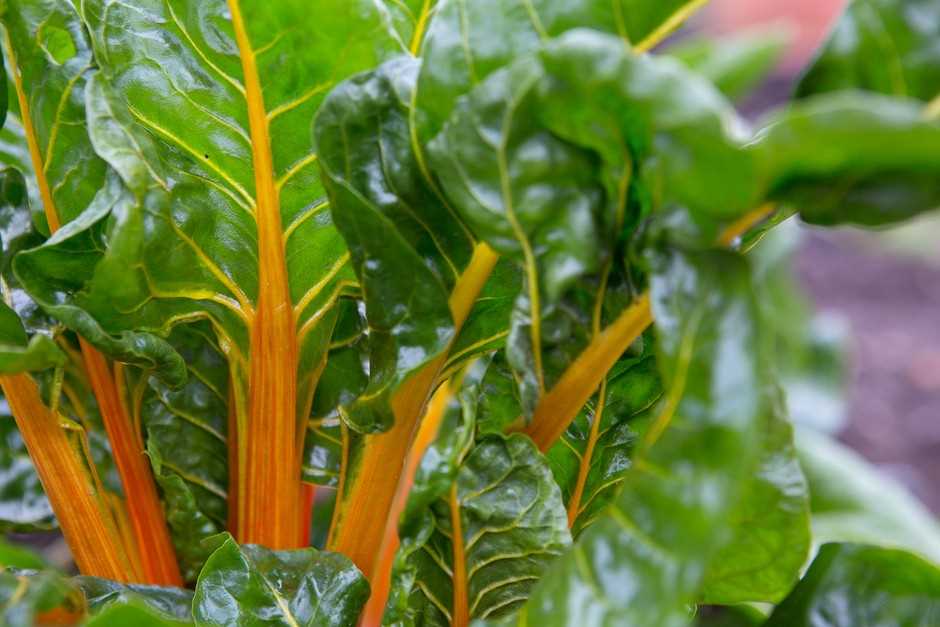
To grow mint from a single leaf, you will need:
- A fresh mint leaf
- A small pot
- Well-draining soil
- Water
Here are the steps to grow mint from a single leaf:
- Select a healthy mint leaf from an existing plant.
- Fill a small pot with well-draining soil.
- Make a small hole in the soil and place the mint leaf inside.
- Cover the leaf with a thin layer of soil.
- Water the soil thoroughly, keeping it moist but not waterlogged.
- Place the pot in a sunny location, preferably near a window.
- Keep the soil moist and water the plant regularly.
- After a few weeks, you will notice new growth from the single leaf.
Caring for Mint Plants
Mint plants are relatively easy to care for. Here are some tips on how to care for your mint plant:
- Water your mint plant regularly, keeping the soil moist but not waterlogged.
- Place your mint plant in a location where it can receive at least 6 hours of direct sunlight per day.
- Trim your mint plant regularly to encourage bushier growth.
- Divide your mint plant every few years to prevent it from becoming overcrowded.
- Harvest the leaves as needed, but avoid removing more than one-third of the plant at a time.
Uses for Mint
Mint is a versatile herb that can be used in various ways. Here are some common uses for mint:
- Adding fresh mint leaves to salads, smoothies, or desserts for a burst of flavor.
- Infusing mint leaves in hot water to make a refreshing and soothing tea.
- Using mint leaves in homemade salad dressings or marinades.
- Adding mint leaves to cocktails or mocktails for a minty twist.
- Using mint leaves as a natural remedy for digestive issues or headaches.
Overall, growing mint from a single leaf is a rewarding and cost-effective way to expand your garden. With its many uses and easy care requirements, mint is a great addition to any garden.
Rosemary
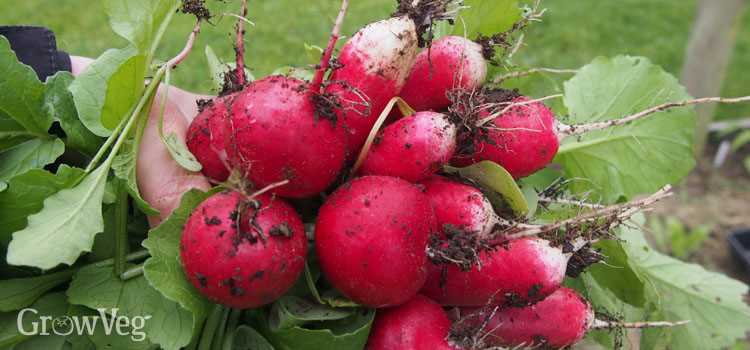
Rosemary is an aromatic herb that is commonly used in cooking and for its medicinal properties. It is also a plant that can be easily regrown from a single leaf, making it a great addition to your garden.
To regrow rosemary, follow these simple steps:
- Choose a healthy rosemary leaf from an existing plant.
- Remove the lower leaves from the stem, leaving only a small cluster of leaves at the top.
- Place the stem in a glass of water, making sure that the bottom of the stem is submerged.
- Leave the glass in a sunny spot, and change the water every few days to keep it fresh.
- After a few weeks, you will start to see roots growing from the bottom of the stem.
- Once the roots are about an inch long, you can transfer the rosemary to a pot filled with well-draining soil.
- Keep the soil moist but not too wet, and place the pot in a sunny location.
Rosemary plants require full sun and well-draining soil. They can be grown in containers or directly in the ground, depending on your preference. Once established, rosemary plants are relatively low maintenance and can be harvested for fresh use in cooking.
In addition to being a culinary herb, rosemary also has a number of health benefits. It is believed to improve digestion, boost memory and concentration, and relieve stress and anxiety.
So why not give rosemary a try in your garden? With just a single leaf, you can enjoy the wonderful aroma and flavors of this versatile herb.
Green Onions
Green onions, also known as scallions or spring onions, are a versatile vegetable that can easily be regrown from a single leaf. This makes them a great choice for anyone looking to save money and grow their own produce.
To regrow green onions, you’ll need a single onion with its roots intact. Cut off the green tops, leaving about an inch of the white bulb attached. Place the bulb, root side down, in a glass or jar filled with about an inch of water. Make sure the water covers the roots but does not reach the bulb.
Change the water every few days to keep it fresh and prevent any bacterial growth. Within a week or two, you’ll start to see new roots forming at the bottom of the bulb. Once the roots are well-developed, you can transplant the green onion into a pot or directly into your garden.
Green onions prefer well-draining soil and should be placed in a sunny spot with at least six hours of sunlight per day. Keep the soil consistently moist but not waterlogged. You can harvest the green tops as needed, leaving the bulb in the ground to continue growing.
Not only do green onions regrow easily, but they also provide a variety of culinary uses. You can use them in stir-fries, salads, soups, or as a garnish for various dishes. The fresh and tangy flavor of green onions adds a delightful dimension to any meal.
Growing green onions from a single leaf is a simple and cost-effective way to enjoy a continuous supply of this tasty vegetable. Give it a try and experience the joy of harvesting your own fresh produce!
Lettuce
Lettuce is a popular leafy vegetable that is commonly used in salads and sandwiches. It is also a plant that can easily be regrown from a single leaf, making it a great option for those looking to grow their own lettuce at home.
To regrow lettuce from a single leaf, follow these steps:
- Choose a fresh and healthy lettuce leaf.
- Cut off the lettuce leaf at the base, leaving about one inch of the stem attached to the leaf.
- Place the stem side of the lettuce leaf in a container with water.
- Make sure to change the water every day to keep it fresh and clean.
- After a few days, you will start to see roots growing from the stem of the lettuce leaf.
- Once the roots are about an inch long, you can transfer the lettuce leaf to a pot or garden bed with soil.
- Keep the soil moist and provide the lettuce plant with plenty of sunlight.
- In a few weeks, you will have a new lettuce plant growing from the single leaf.
Lettuce is a fast-growing plant and can be harvested when the leaves are large enough to be picked. You can continue to regrow lettuce from the harvested leaves, creating a cycle of fresh lettuce for your home garden.
Not only is regrowing lettuce an easy and cost-effective way to have fresh produce at home, but it also reduces waste by using scraps that would otherwise be thrown away. So, give it a try and enjoy the satisfaction of growing your own lettuce!
Celery
Celery is a popular vegetable that can easily be regrown from a single leaf. Not only is it a versatile ingredient in the kitchen, but it also offers a number of health benefits, including being a good source of vitamins A, C, and K.
How to Regrow
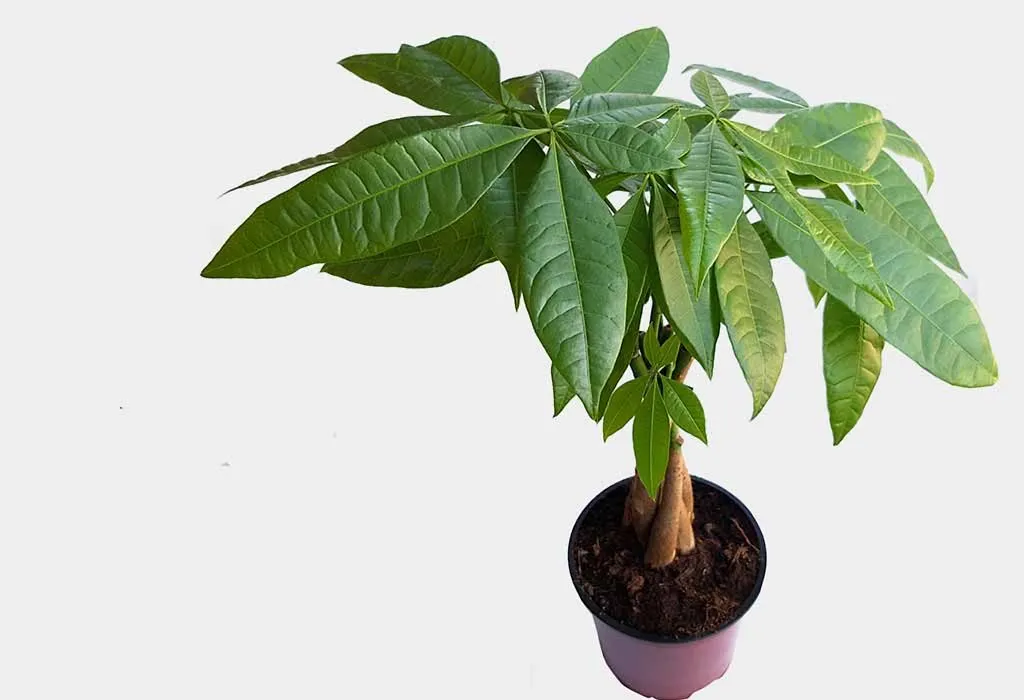
To regrow celery from a single leaf, follow these simple steps:
- Choose a fresh celery bunch and cut off the base, leaving about 2 inches.
- Place the base in a shallow dish filled with water, ensuring that the cut side is facing up.
- Change the water every couple of days to prevent it from becoming stagnant.
- After about a week, you will notice small leaves starting to grow from the center of the base.
- Once the leaves are about 3-4 inches tall, transfer the celery to a pot with soil, leaving the leaves exposed.
- Keep the soil moist and place the pot in a sunny spot.
- In about 2-3 weeks, you will see new stalks growing from the base.
Tips for Growing Celery
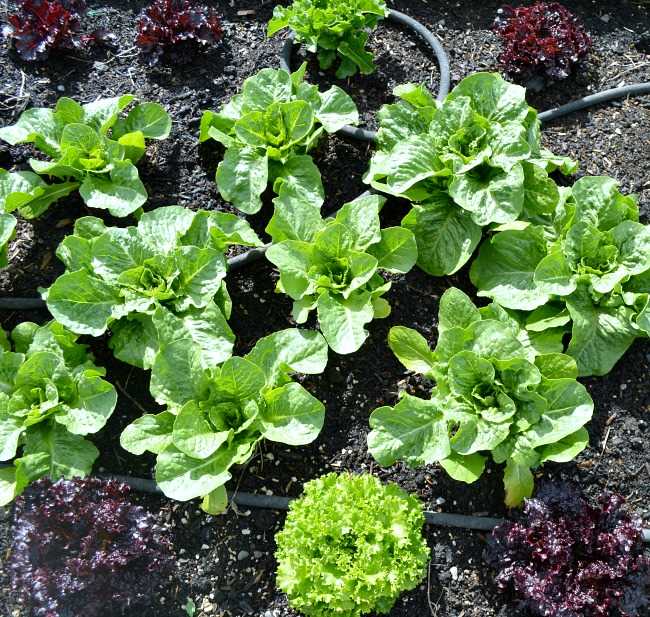
Here are some tips to help you successfully grow celery:
- Celery needs plenty of sunlight, so choose a sunny spot for growing.
- Ensure that the soil is well-draining and rich in organic matter.
- Water regularly to keep the soil moist but not waterlogged.
- When the stalks are about 6-8 inches tall, you can start harvesting them by cutting them at the base.
- If you’re growing celery in a pot, make sure it has sufficient depth to accommodate the long stalks.
- Consider using organic fertilizer to provide additional nutrients for healthy growth.
Uses for Celery
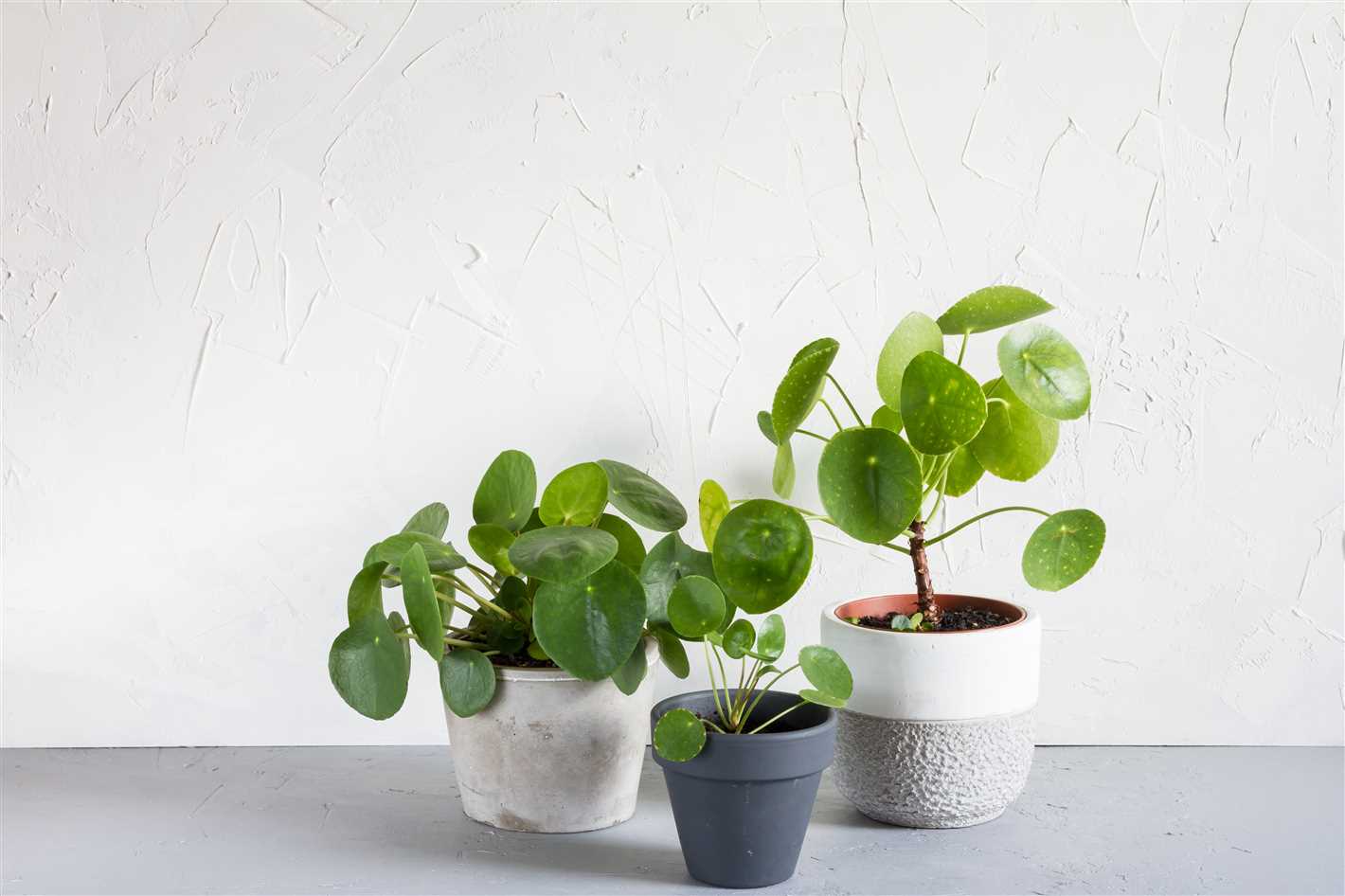
Celery is commonly used in cooking, adding a crisp and refreshing flavor to dishes. It can be used in salads, soups, stir-fries, and as a garnish. The leaves can also be used to make flavorful stocks and broths. Additionally, celery can be juiced to create a nutritious and hydrating drink.
Conclusion
Regrowing celery from a single leaf is a cost-effective and rewarding way to enjoy this versatile vegetable. By following the simple steps outlined above, you can grow your own celery and have a fresh supply on hand whenever you need it.
Ginger
Ginger is a popular and versatile plant that can be grown from a single root or rhizome. It is commonly used in cooking and has various health benefits.
To grow ginger, follow these steps:
- Choose a ginger root that is firm and has healthy buds or eyes.
- Soak the ginger root in water overnight to remove any inhibitors that may prevent sprouting.
- Plant the ginger root in a pot or directly in the ground, with the buds facing up.
- Cover the ginger root with soil, leaving the buds sticking out slightly. Keep the soil moist, but not overly wet.
- Place the pot or plant in a warm and shady spot, as ginger prefers indirect sunlight.
- Water the ginger regularly, but avoid over-watering as it can cause the roots to rot.
- Within a few weeks, you should start to see shoots emerging from the soil.
- Continue to care for the ginger plant by watering it regularly and providing it with a balanced fertilizer every few months.
Ginger plants can be grown indoors or outdoors, depending on the climate. They can be harvested after 8-10 months or when the leaves start to dry up. To harvest the ginger, dig up the plant and remove the rhizomes from the soil. You can also harvest individual portions of the ginger root, allowing the rest to continue growing.
Fresh ginger can be used in a variety of dishes, including stir-fries, curries, teas, and smoothies. It can also be dried and ground into a powder for longer storage. Additionally, ginger has medicinal properties and is often used to alleviate nausea, reduce inflammation, and improve digestion.
Growing ginger from a single root is a cost-effective way to have a fresh supply of this versatile plant. Whether you use it for culinary purposes or as a natural remedy, ginger is a great addition to any garden.
Garlic
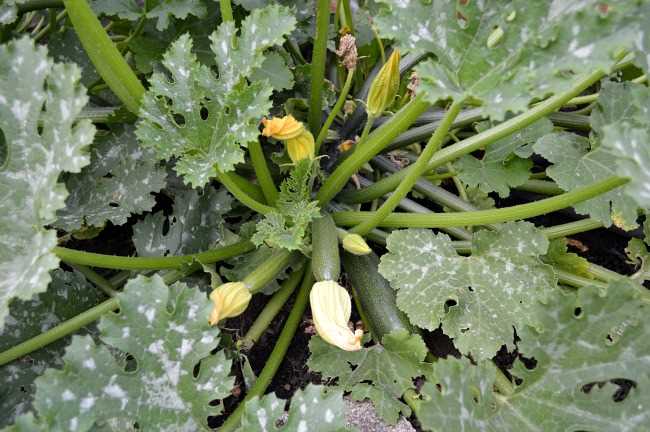
Garlic is a versatile and flavorful vegetable that is commonly used in cooking. It is also a plant that can easily be regrown from a single clove. Here are some tips on how to grow garlic at home:
1. Choose a Large, Healthy Clove
When selecting a clove for regrowth, choose one that is large and healthy. Avoid cloves that are shriveled or mushy.
2. Plant the Clove
Take the chosen clove and plant it in a pot or directly in the ground, pointy side up. Make sure to plant it about 2 inches deep.
3. Water the Plant
Garlic requires regular watering to grow properly. Make sure to keep the soil moist, but not waterlogged. Too much moisture can cause the cloves to rot.
4. Provide Adequate Sunlight
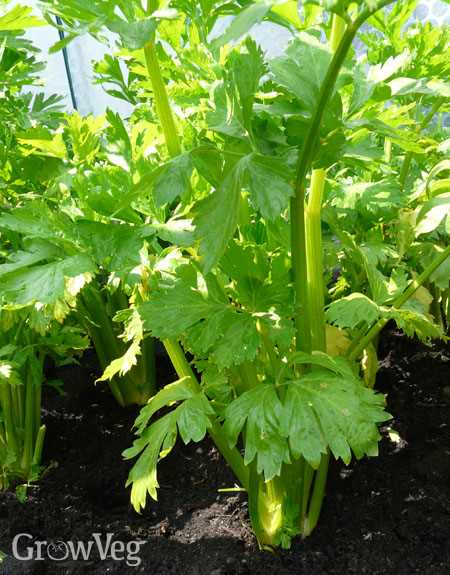
Garlic plants require full sun to grow. Place the pot or plant in a location that receives at least 6-8 hours of direct sunlight per day.
5. Harvest the Bulbs
After several months, the garlic plant will produce bulbs that are ready to be harvested. Wait until the leaves turn yellow and start to droop, then gently pull the bulbs out of the ground.
6. Store the Garlic
Once harvested, store the garlic bulbs in a cool, dry place with good ventilation. They can be placed in a mesh bag or hung upside down to cure for a few weeks before use.
7. Use the Regrown Garlic
The regrown garlic can be used in cooking just like store-bought garlic. It has a strong, pungent flavor that adds depth to a variety of dishes.
By following these steps, you can save money and enjoy an endless supply of fresh garlic by regrowing it from a single clove.
Succulents
Succulents are a popular choice for indoor and outdoor gardens due to their unique appearance and low maintenance requirements. These plants are known for their thick, fleshy leaves that store water, allowing them to survive in dry conditions.
Types of Succulents
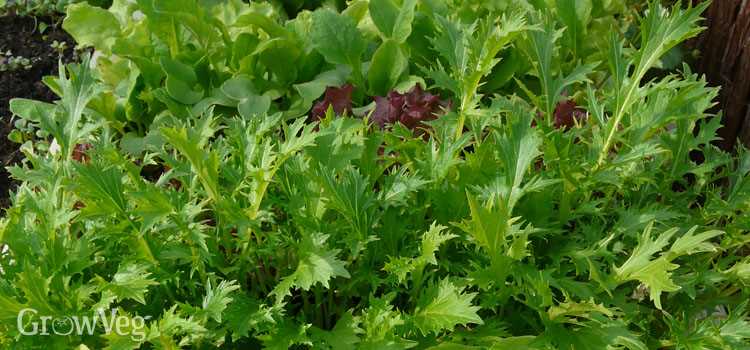
There are numerous types of succulents available, each with its own distinct characteristics. Some popular varieties include:
- Aloe Vera
- Jade Plant
- Snake Plant
- Agave
- Echeveria
Caring for Succulents
Succulents are relatively easy to care for, making them an ideal choice for both beginner and experienced gardeners. Here are some tips for taking care of your succulent plants:
- Provide well-draining soil: Succulents require soil that allows water to flow through easily to prevent root rot. You can use a special cactus or succulent mix or create your own by adding perlite or sand to regular potting soil.
- Water sparingly: Overwatering can be a common issue with succulents. It’s important to let the soil dry out completely between waterings. Depending on the conditions, this can range from once a week to once a month.
- Place in a sunny spot: Succulents love sunlight, so make sure to place them in a location where they can receive direct or indirect sunlight for at least a few hours each day.
- Avoid frost: While succulents are known for their ability to withstand dry conditions, most species are not frost-resistant. If you live in a cold climate, make sure to bring your succulents indoors during the winter months or protect them from freezing temperatures.
Propagation
One of the best things about succulents is that they are incredibly easy to propagate. You can grow new plants from a single leaf or by dividing the offsets that form around the base of the parent plant.
To propagate succulents from a leaf, simply remove a healthy leaf from the plant and let it callus over for a few days. Then, place the leaf on top of well-draining soil and mist it with water occasionally. After a few weeks, you should start to see roots forming and a new plant sprouting from the leaf!
| Succulent | Propagation Method |
|---|---|
| Aloe Vera | Offsets |
| Jade Plant | Leaf or Stem Cutting |
| Snake Plant | Leaf Cutting |
| Agave | Pups or Leaf Cuttings |
| Echeveria | Offsets or Leaf Cuttings |
Questions and Answers:
Can I regrow plants from a single leaf?
Yes, you can regrow certain plants from a single leaf. This method is known as propagation, and it involves taking a leaf cutting from a mature plant and placing it in a suitable growing medium until it develops roots and eventually forms a new plant.
Which plants can be regrown from a single leaf?
There are several plants that can be regrown from a single leaf, including succulents like jade plant and aloe vera, herbs like basil and mint, and vegetables like lettuce and bok choy. Each plant has its own specific requirements for successful propagation, so it’s important to do some research to ensure you’re providing the right conditions.
What is the process of regrowing plants from a single leaf?
The process of regrowing plants from a single leaf involves taking a leaf cutting, preferably from a healthy and mature plant. The leaf cutting is then placed in a suitable growing medium, such as potting soil or water, and given the necessary conditions for rooting and growth. With time and proper care, the cutting will develop roots and eventually grow into a new plant.
Can I regrow plants from a single leaf indoors?
Yes, you can regrow plants from a single leaf indoors. In fact, many people choose to propagate plants indoors as it allows for better control over the growing conditions. By providing the right amount of light, temperature, and humidity, you can create an ideal environment for the leaf cutting to root and grow into a new plant.
How long does it take for a leaf cutting to grow into a new plant?
The time it takes for a leaf cutting to grow into a new plant can vary depending on the type of plant and the growing conditions. In general, it can take several weeks to a few months for roots to develop and new growth to appear. It’s important to be patient and provide consistent care during this time to ensure successful propagation.
What are the benefits of regrowing plants from a single leaf?
Regrowing plants from a single leaf has several benefits. First, it’s a cost-effective way to expand your garden as you can obtain new plants without having to buy seeds or seedlings. Second, it allows you to preserve and propagate your favorite plants, ensuring their continued presence in your garden. Finally, it’s a rewarding and educational experience that teaches you about plant propagation and helps you develop your gardening skills.
Are there any tips for successfully regrowing plants from a single leaf?
Yes, there are several tips for successfully regrowing plants from a single leaf. First, make sure to use a healthy and mature leaf cutting. Second, provide the right growing conditions, including appropriate lighting, temperature, and humidity. Third, be patient and consistent with your care, watering the cutting regularly and keeping an eye out for any signs of growth or stress. Finally, do some research on the specific plant you’re propagating to ensure you’re meeting its unique requirements.







